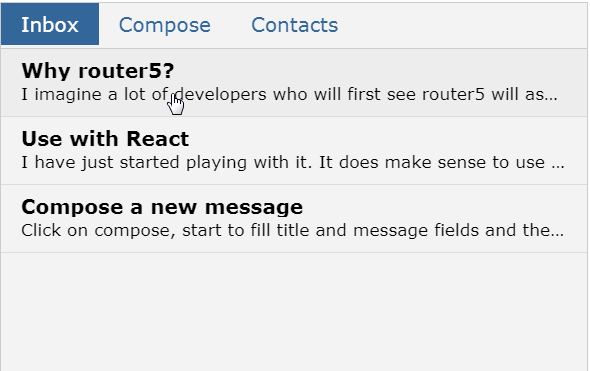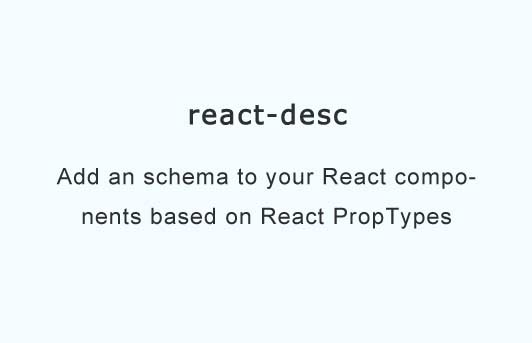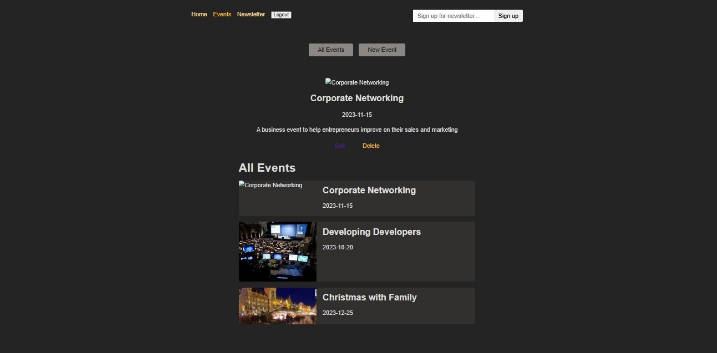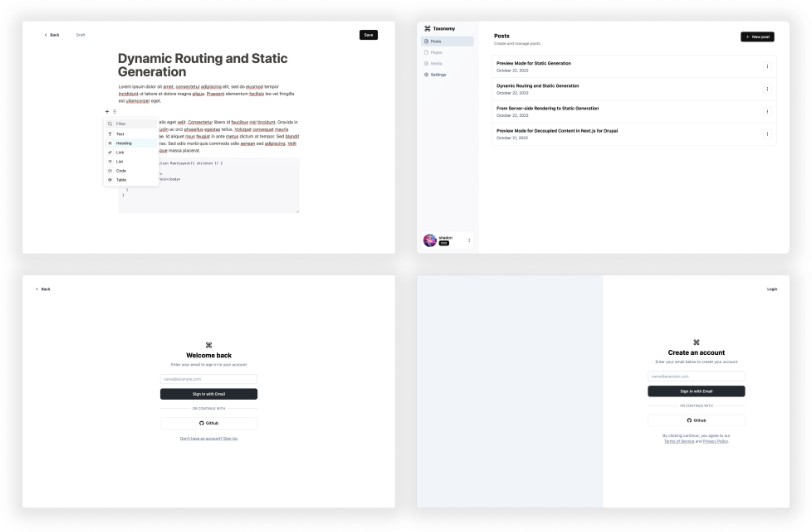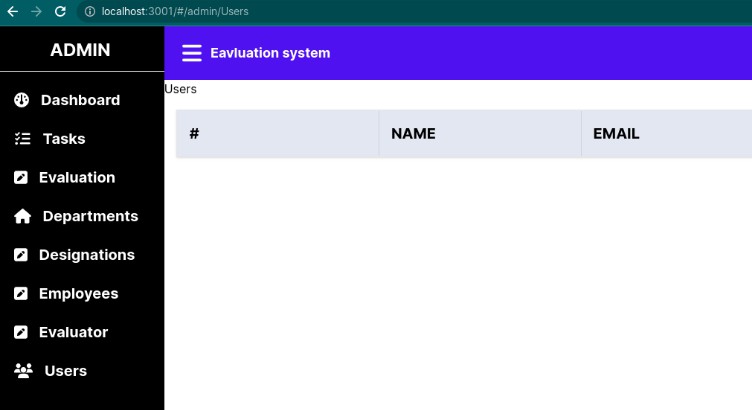react-router5
Higher-order components and components for React when using router5.
Demos and examples
- Higher-order components: https://stackblitz.com/edit/react-router5-new-context-api
- New context API: https://stackblitz.com/edit/react-router5-new-context-api
Installation
Install module `react-router5:
yarn add react-router5
# or
npm install --save react-router5
Higher-order components
- RouterProvider: adds your router instance in context.
const AppWithRouter = (
<RouterProvider router={router}>
<App />
</RouterProvider>
)
- withRoute(BaseComponent): HoC injecting your router instance (from context) and the current route to the wrapped component. Any route change will trigger a re-render
- routeNode(nodeName)(BaseComponent): like above, expect it only re-renders when the given route node is the transition node. When using
routeNodecomponents, make sure to key the ones which can render the same components but with different route params.
import React from 'react'
import { routeNode } from 'react-router5'
import { UserView, UserList, NotFound } from './components'
function Users(props) {
const { previousRoute, route } = props
switch (route.name) {
case 'users.list':
return <UserList />
case 'users.view':
return <UserView />
default:
return <NotFound />
}
}
export default routeNode('users')(Users)
Link components
- Link: a component to render hyperlinks. For a full list of supported props, check the source!
LinkiswithRouteandLinkcomposed together - BaseLink: same as
Link, except it won't re-render on a route change.
import React from 'react'
import { Link } from 'react-router5'
function Menu(props) {
return (
<nav>
<Link routeName="home">Home</Link>
<Link routeName="about">About</Link>
</nav>
)
}
export default Menu
New React context API
For using the new React context API, you need React version 16.3 or above.
Three new components have been published to leverage React's new context API. Those components won't replace existing ones: instead
react-router5will keep offering higher-order components and components accepting render functions.
RouteProviderRouteRouteNode
Both Route and RouteNode pass to their chilren an object containing route, previousRoute and router.
const App = (
<RouteProvider router={router}>
<RouteNode nodeName="">
{({ route, previousRoute, router }) => <div>Route</div>}
</RouteNode>
</RouteProvider>
)
